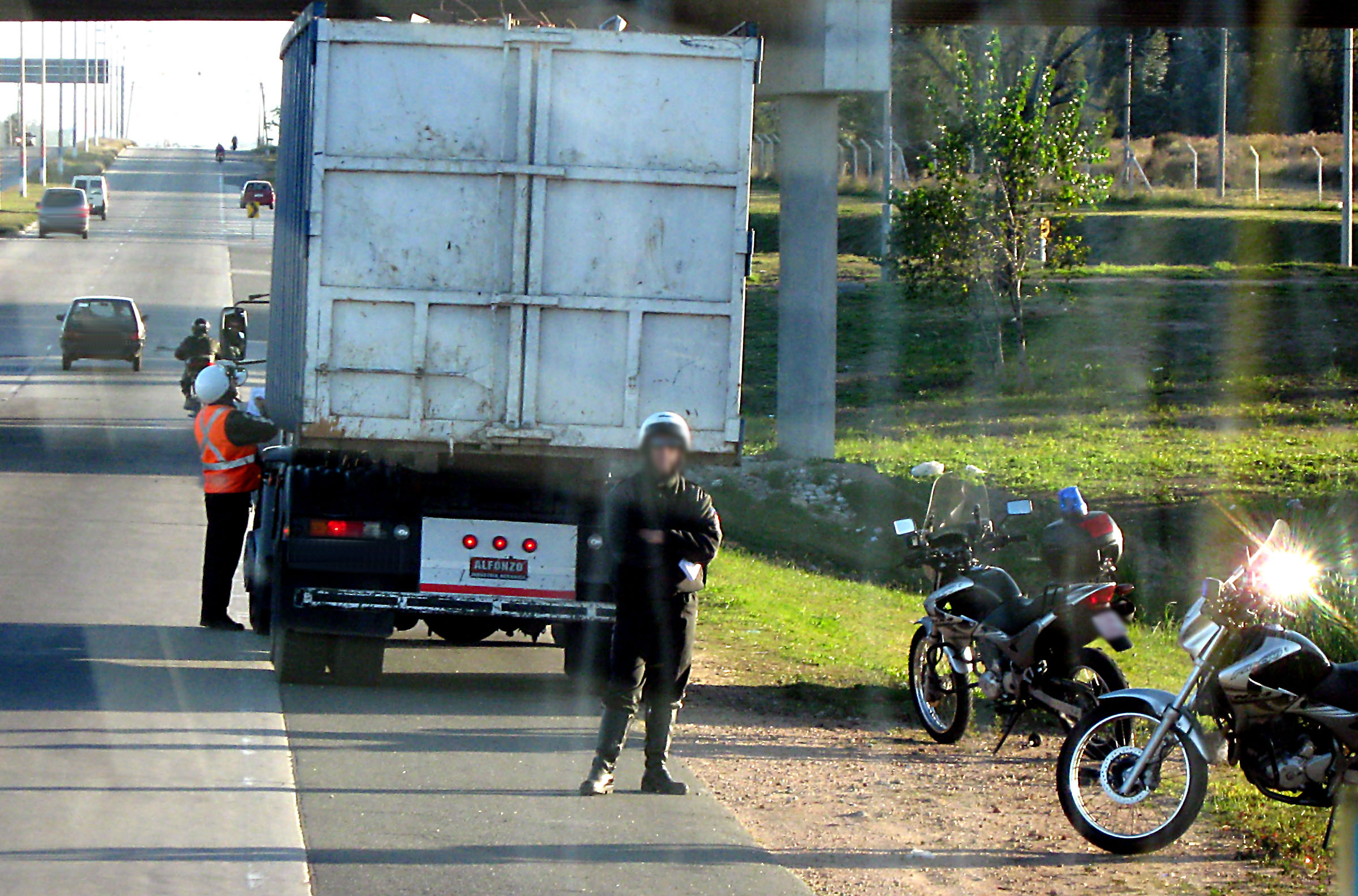
Ten deaths of innocents on I-16 in the past six weeks have prompted a protest by truck drivers at the Port of Savannah against unsafe practices of trucking companies. In a news conference Monday, these truckers said that long hours on the road are to blame from this rash to multiple fatalities
At a Tuesday morning news conference, truck drivers said long hours on the road are the cause of these fatal crashes. These Savannah area truckers are calling for the Federal Motor Carrier Safety Administration to enforce hours of service and fatigue regulations that require trucking companies to limit the number of hours they can require drivers to work.
Consistent with what other truck drivers have either admitted under cross examination or confided to me of coffee at truck stops many times over the years, driver Carol Cauley said trucking companies often pressure them to work when they are too fatigued to drive safely. That, combined with low wages, keeps them from being able to afford food or rest breaks. “I actually have friends I know that have told me that they’ve fallen asleep on the road, and I’m like please slow down and they’re like well, I have to take care of my family.” She said that after truck maintenance costs and fuel, truck drivers often make below minimum wage.
Federal safety rules, which are too often evaded, address driver fatigue:
A federal safety rule on fatigue states that, “No driver shall operate a commercial motor vehicle, and a motor carrier shall not require or permit a driver to operate a commercial motor vehicle, while the driver’s ability or alertness is so impaired, so likely to become impaired, through fatigue, illness, or any other cause, as to make it unsafe for him/her to begin or continue to operate the commercial motor vehicle.”
A related rule on hours of service requires: (1) a trucker can drive only 11 hours within a 14 hour period before going off duty for 10 hours; (2) 34 hour restart must include two 1am to 5am periods and can only be used once in 7 days, and (3) 30 minute break period after 8 hours.
The primary focus of these rules is safety of travelers on the roads, as illustrated by the rash of multiple fatality crashes on south Georgia. But there is also a bad effect truck drivers’ health. The average life expectancy of a truck driver is 61, or 16 years less than the U.S. average, according to Centers for Disease Control data. Trucking is the eighth-most dangerous job in terms of deaths per worker, according to the Bureau of Labor Statistics.
We are currently involved in several truck crash wrongful death cases representing survivors of four people killed when rear-ended by tired or distracted drivers of intermodal freight tractor trailers on interstate highways on the Georgia coast. That includes two killed on I-95 at Brunswick in December 2013, plus two killed on I-16 near Savannah last month.
Continue reading →
 Georgia Truck Accident Attorney Blog
Georgia Truck Accident Attorney Blog










